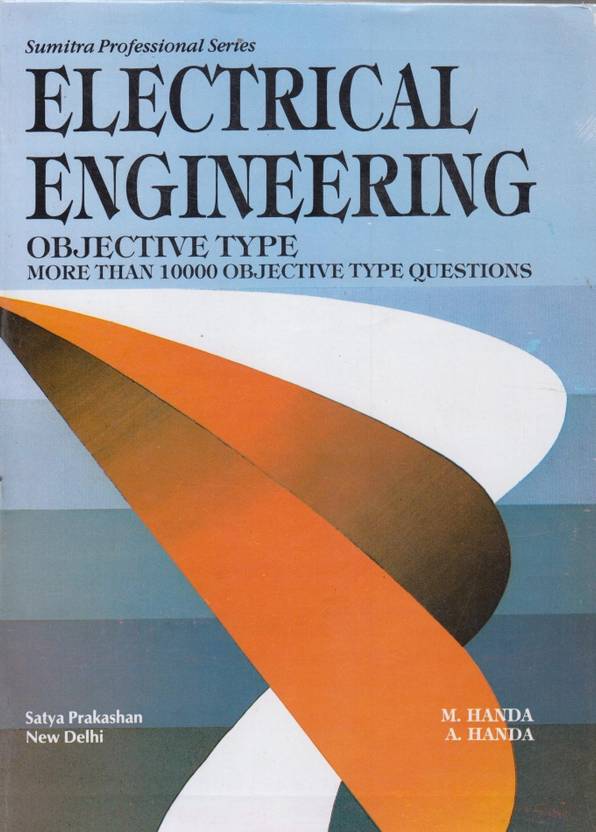For optimization of transmission line towers, it is important to know various design parameters that control the design of the tower. Some of the parameters that dictate the configuration of the transmission line towers are briefly described below:
TOWER HEIGHT:
The height of the tower is determined by parameters such as number of cross arms, vertical spacing between cross arms, height of ground-wire peak, minimum ground clearance, maximum sag and other clearances. The cost of the tower increases with the height of the tower. Hence, it is desirable to keep the tower height minimum to the extent possible without sacrificing the structural safety and functional requirement such as ground clearance and electrical clearance.
SAG:
The conductor wires and ground-wires sag due to self-weight. The size and type of the conductor, wind and climatic conditions of the region and span length determine the conductor’s sag and tension. Span length is fixed from economic considerations. The maximum sag occurs at the maximum temperature and still wind conditions. Sagging of the conductor cables is considered in determining the height of the tower. It is essential to have minimum clearance between the bottom-most conductor and the ground, at the point where the sag is maximum. Sag tension is the force on the conductor, which in turn is transferred to the tower. Sag tension is maximum at the time of maximum temperature and when wind is at maximum. Loads such as self-weight and snow load on the conductors contribute to the sag tension.
Spacing between the towers, ground level difference between tower locations, the mechanical properties of the conductors and ground-wires decide the sag distance and sag tension in the cables. The conductors assume catenary profile and the sag is calculated based on parabolic formulae or procedure given in codes of practices.
MINIMUM GROUND CLEARANCE:
Power conductors along the entire route of the transmission line should maintain requisite clearance to ground over open country, national highways, important roads, electrified and un-electrified railway tracks, navigable and non-navigable rivers, telecommunication and power lines, etc. as laid down in various national standards. The maximum sag for the normal span of the conductor should be added to the minimum ground clearance to get the staging height of the tower, i.e. the vertical distance from the ground level to the bottom of the lowest cross arm.
GROUND-WIRE PEAK:
Ground-wire peaks are provided to support the ground-wires, which shield the tower from lightning and provide earthing to the tower. The height of the ground-wire peak is chosen in such a way that the cross arm falls within the shield angle. The bottom width of the ground-wire peak is assumed equal to the top hamper width and is normally 0.75m to lm.
CROSS-ARM SPACING:
Cross arms are provided to support the transmission line power conductors. The number of circuits carried by the tower determines the number of cross arms. In general three cross arms for single circuit towers and six cross arms for double circuit towers are required. The vertical spacing between the cross arms must satisfy the minimum clearance between circuit lines and other electrical requirements. The minimum horizontal clearance required between the conductors and the tower steel is based on the swing conditions, and it determines the length of the cross arm. The depth of the cross arm is assumed in general such that the angle at the tip of the arm is in the range of 15 to 20 degrees.
BASE WIDTH:
The base width of the tower is determined heuristically. For example, the ratio of base width to total height may vary from one-tenth for tangent towers to one-fifth for large angle tower. Also, there are formulae for preliminary determination of economical base width. The widths may be varied to satisfy other constraints like foundation design and land availability.
TOP HAMPER WIDTH:
Top hamper width is the width of the tower at lower cross-arm level. The top hamper width is also determined heuristically and is generally about one third of the base width. Other parameters like horizontal spacing between conductors and slope of the leg may also be considered while determining the top hamper width.









